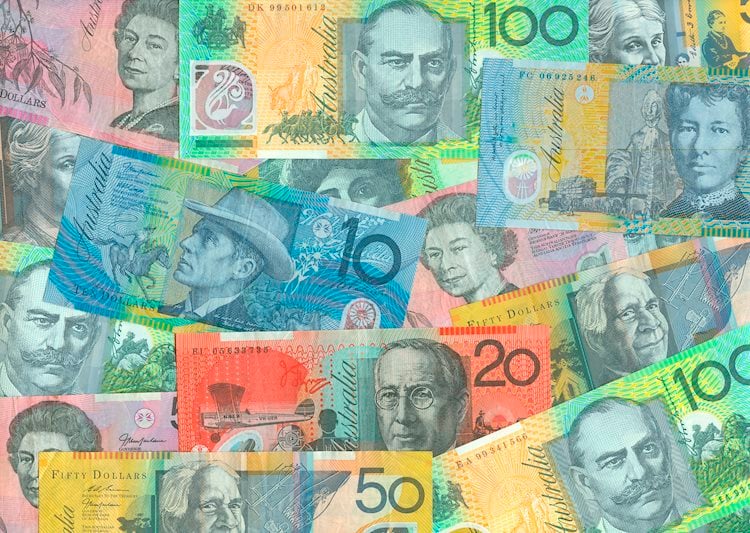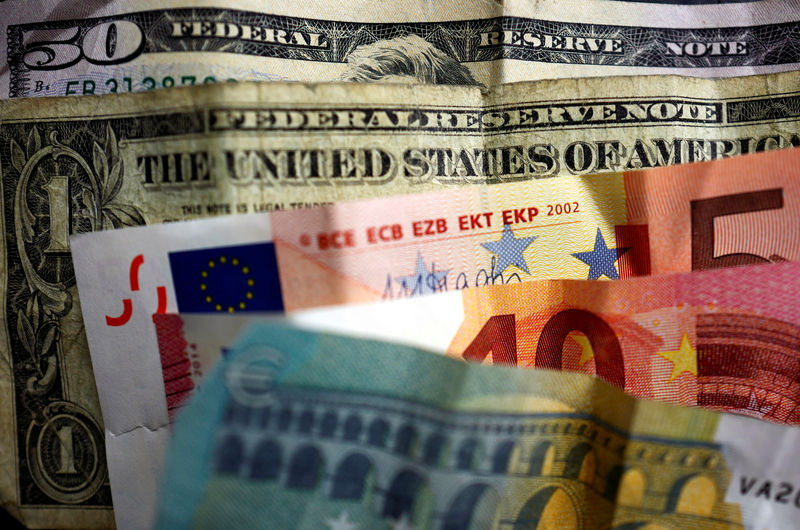- Aussie remains weak after CPI data from Australia.
- The Fed held rates steady as expected and Powell gave clear clues on the next steps.
- Divergences between the RBA and Fed might bail out the Aussie.
The Aussie continues to underperform on Wednesday as markets digest mixed inflation data from Australia. A slightly softer outlook from China continues to fuel concerns about the Australian economy. However, the Reserve Bank of Australia’s (RBA) reluctance to introduce rate cuts due to high inflation could provide a safety net for the Aussie.
The continued high inflation pressure on the Australian economy is leading the RBA to hold off on rate cuts. Predictions suggest that the RBA will be among the last of the G10 countries to initiate a rate cut, a move that could limit further downside pressure on the Aussie.
Daily digest market movers: Aussie weakness remains after CPI data from Australia, markets digests Powell’s words
- The prevalent ‘risk-off’ sentiment continues due to worries about a slowdown in the Chinese economy, significantly impacting Australia’s economic stance. Attention is now focusing on the June and Q2 Consumer Price Index (CPI) figures released on Wednesday.
- The Australian Bureau of Statistics (ABS) reports that Australia’s Q2 headline CPI saw an increase of 1.0% QoQ, with an acceleration to 3.8% YoY from the previous 3.6%. At the same time, June’s headline CPI is projected to have fallen to 3.8% YoY.
- Considering the inflation rate considerably exceeds the 2-3% target range, the RBA is expected to remain patient with its policy changes. This cautious approach means that the swaps market predicts the first 25 bps cut coming only next summer.
- The session’s highlight was the Federal Reserve (Fed) decision followed by Jerome Powell’s words.
- The Federal Reserve has maintained the federal funds rate at 5.25% to 5.5%, noting moderate job gains and a slight rise in unemployment but that inflation is still elevated.
- Jerome Powell during the press conference noted that the bank requires additional data to embrace cuts but that if figures continue to show progress, the bank is ready to respond.
- Markets reacted positively, with increases in gold and stocks and a weaker US Dollar; jobless claims and nonfarm payrolls will be crucial for future decisions and markets bets.
AUD/USD technical analysis: Bearish position, bullish traction is not enough to trigger a reaction
The AUD/USD’s sustained trade below the 20, 100 and 200-day Simple Moving Average (SMA) confirms an overall bearish outlook. Despite indicator readings remaining firmly in negative territory, the oversold condition might prompt a correction. However, weak bullish momentum could lead to a period of sideways trading unless a major fundamental development occurs.
The key support levels have been adjusted to 0.6530 and 0.6500, with resistance levels at 0.6600 (200-day SMA), 0.6610 and 0.6630.
Fed FAQs
Monetary policy in the US is shaped by the Federal Reserve (Fed). The Fed has two mandates: to achieve price stability and foster full employment. Its primary tool to achieve these goals is by adjusting interest rates. When prices are rising too quickly and inflation is above the Fed’s 2% target, it raises interest rates, increasing borrowing costs throughout the economy. This results in a stronger US Dollar (USD) as it makes the US a more attractive place for international investors to park their money. When inflation falls below 2% or the Unemployment Rate is too high, the Fed may lower interest rates to encourage borrowing, which weighs on the Greenback.
The Federal Reserve (Fed) holds eight policy meetings a year, where the Federal Open Market Committee (FOMC) assesses economic conditions and makes monetary policy decisions. The FOMC is attended by twelve Fed officials – the seven members of the Board of Governors, the president of the Federal Reserve Bank of New York, and four of the remaining eleven regional Reserve Bank presidents, who serve one-year terms on a rotating basis.
In extreme situations, the Federal Reserve may resort to a policy named Quantitative Easing (QE). QE is the process by which the Fed substantially increases the flow of credit in a stuck financial system. It is a non-standard policy measure used during crises or when inflation is extremely low. It was the Fed’s weapon of choice during the Great Financial Crisis in 2008. It involves the Fed printing more Dollars and using them to buy high grade bonds from financial institutions. QE usually weakens the US Dollar.
Quantitative tightening (QT) is the reverse process of QE, whereby the Federal Reserve stops buying bonds from financial institutions and does not reinvest the principal from the bonds it holds maturing, to purchase new bonds. It is usually positive for the value of the US Dollar.












